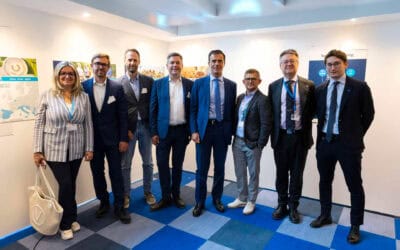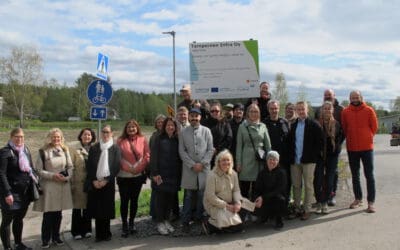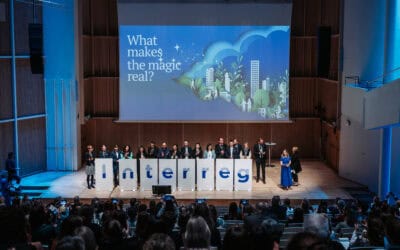
25 June 2024
107 directions to shine!
Written by Anna Galyga
From PIF to the sky
When applying for funding with Interreg Baltic Sea Region, it is obligatory to submit a project idea form, in other words, a sketch of a project. Based on this project idea form (PIF), the applicants can request a tailor-made consultation. By mid-April, the applicants managed in fact to develop as many as 203 project idea forms.
There were multiple other ways how the Managing Authority/Joint Secretariat supported the applicants along the application process: from webinars and Q&A sessions to tutorials and an array of support materials published in the gateway for applications.
107 inspiring ideas to shape the future
Finally, after months of intensive work, the applicants have succeeded in submitting as many as 107 fully-fledged applications. Almost 1000 organisations from all nine Programme area countries developed 55 applications fitting under Priority 1 Innovative societies and 52 applications – under Priority 3 Climate-neutral societies. The highest interest attracted Programme Objective 1.1 Resilient economies and communities with 32 applications. This time, the least popular turned out to be Programme Objective 3.1 Smart green mobility with seven applications.
A very exciting number to highlight is the share of newcomers amongst all the organisations involved in the partnership: 43% organisations involved are new to the Interreg family and are eager to shape the future of the region by working transnationally! Overall, the highest number of applicants comes from Finland and Poland. Finland also scores highest for taking the lead partner’s role.
Another highlight refers to a very high number of public authorities, sectoral agencies and service providers involved as partner organisations, which goes in line with line with one of the Programme’s main focuses: support public authorities in meeting the demands of communities and companies on the ground.
Next steps
Now, the applications are undergoing an admissibility check and a thorough assessment. This will enable the Monitoring Committee members, who convene in mid-November, to select the best project applications which most comprehensively address the existing challenges in the region and bring practical solutions for a green and resilient region.
Check out!
Project library with already funded projects
More recent news
How transnational cooperation is building Europe´s future with youth
Explore how transnational cooperation is transforming Europe, from addressing climate change to fostering local economic growth. This exhibition highlights the powerful impact of collaboration beyond borders in shaping a stronger, more united future.
Painting Baltic Sea region cities blue
There is nothing more exciting than seeing an Interreg project in action. On 22 May 2025, the project City Blues showcased how it is changing areas around the city of Tampere to prepare it for the consequences of climate change better.
Overcoming Borders Together – Interreg at the Fehmarnbelt Days 2025
11 June 2025 Overcoming Borders Together – Interreg at the Fehmarnbelt Days 2025 Written by Anna ZaccaroJoin us at the Fehmarnbelt Days 2025 on June...
The magic of Interreg: this is how we do it transnationally!
Almost 300 guests, the charm of Finnish Tampere and a vibrant colour palette of transnational cooperation: the Interreg Baltic Sea Region Programme Conference held on 20-22 May 2025, brought to light the benefits of Interreg and the magic behind them.







